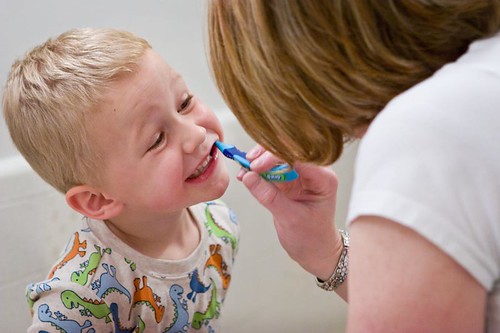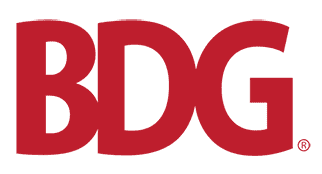The consequence of not having dental care can be deadly. In 2007, Deamonte, 12, passed away when bacteria from a untreated abscessed tooth spread to his brain. At one time, Deamonte had been covered by Medicaid. But due to a misfiling when the family was between homeless shelters, their insurance had been dropped. Initially, Deamonte’s treatment would have required a simple $80 procedure, which would ultimately have saved his life. Deamonte came from a low income, African-American family, one of the most at-risk populations for falling through the cracks in the dental health care system.

Despite many improvements to the availability of dental care in America through ObamaCare, there is still a gap between the oral health options available to lower income populations and households with higher incomes. While lethal cases like Deamonte’s are fortunately rare, lack of insurance means lack of dental visits and an increased likelihood of dental issues. This is often exacerbated in lower income populations by lifestyle behaviors such as poor dietary options, alcohol use and tobacco use. Hispanic and African-American families are particularly vulnerable.
According to the CDC:
*Hispanics, Non-Hispanic blacks, Alaska Native populations and American Indians of all the racial and ethnic populations have the poorest oral health.
*Black children and Hispanic children of Mexican origin between the ages of 2 and 19 have a significantly higher percentage of untreated cavities, compared to white, non-Hispanic children between the ages 2-19.
*Adults without a high school education are three times as likely to have untreated tooth decay and destructive periodontal disease (gum disease) than adults with college experience.

Sealing the Gaps
To help seal the gaps in dental hygiene between low income and middle-class households, oral health advocacy groups such as the CDC’s Healthy People 2020 program are fighting for low- cost dental health options and access to oral health services for low income populations. The CDC’s School-Based Sealant program targets schools in which a high percentage of the students qualify for federal free/reduced lunch programs to apply sealants (which protect against cavities) to low income school-aged children.
In order to maintain optimum oral health it is recommended that you brush thoroughly twice a day with fluoride toothpaste, floss regularly and see the dentist at least once a year for x-rays and a cleaning. Information to find low cost dental healthcare and insurance is available through the National Institute of Dental and Craniofacial Research. Regular dentist visits are a crucial step in protecting oral health. To schedule your next routine check-up, call Boston Dental Group today at (702) 388-8888!
